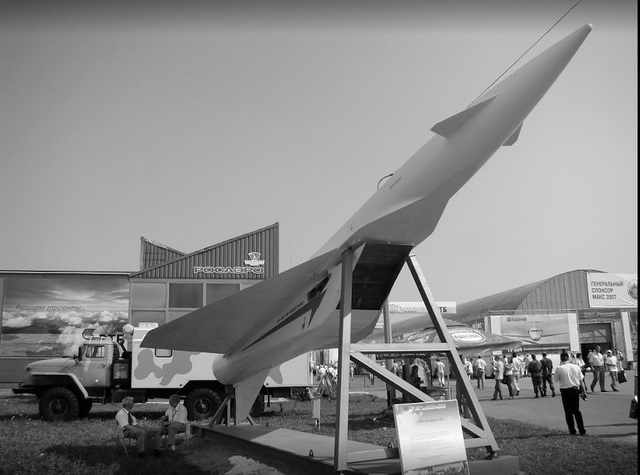Based on one Pentagon General comments , i think was sputnik the report..
They , the pentagon , the only possibility to intercept a Hypersonic missile
is on the early phase ,before it reach hypersonic speeds. but that once it reach
full speed.. (He Told) their radars will lose track of the missile. and the only defense
they had is their nuclear response.. if attacked by them..
So in other words the Pentagon today have no way to intercept a hypersonic missile.
When it comes to Heat seekers.. it might be possible to launch a missile that intercept
a hypersonic missile if armed with a heat seeking warhead.. But for that , it will likely
need to be a hypersonic interceptor other wise the missile will not Catch ,the missile,
in a race ,if following from behind.. perhaps heat seeking warheads.. can only follow/chase
from behind a heat source , but not predict a flight path of interception.. if it wants to intercept it from the front for example.. move ahead of the missile flight path and explode
when its close.. However if the hypesonic missile do maneuvers.. it could be very challenging even for a heat seeking missile to keep the pace and chase.. even if it is as fast as the missile is chasing..
So like Putin told.. perhaps is true.. that to intercept avangard hypersonic missile you need
to throw at least 800+ interceptor missiles (probably heat seeking missiles ,he mean)
in order to intercept them..
Eventually with technology ,is always a cat and mouse game ,and better radars and technology invented that could make heat detection passive radars as good and as precise as radio waves radars with the same range. Because i don't think is possible to hide Heat
from a missile tail even if plasma is present.. there will be always parts of the smoke tail behind to show as heat on special heat equipment..
I think that a perfect example of this Plasma TRUE Stealth SHield , capabilities
, is when Soyuz reentry capsule comes to earth , that NASA and Roscosmos lose
comunications ,when the capsule fly at reentry hypersonic speeds and fire covers the soyuz.
so it becomes literary invisible to radars and radio communications blocked ,when the Soyuz crew is covered by this fire/plasma shield..when they enter the atmosphere at hypersonic speed.
So this means that intercepting hypersonic missiles ,will be required a totally new generation of Radars and or heat sensors.. with either hypersonic misiles to intercept other hypersonic missiles or perhaps Energy weapons in space ,like Laser cannons from start wars movies.. and operated manually , by humans , using visual aid to more or less aim in the direction of the missile flying.. Such technology , of Gigawatts laser cannons in space might not be possible until the next 10 to 20 years. you will need to send a giant gun in space
with a powerful nuclear reactor to supply the energy the cannon will need.. Naturally such
weapon will break all Space treaties..but who said US ever follow any international treaty?
This is why i was saying the most ideal ,most scariest ,deterrent weapon that Russia military
could ever design ,is a HyperSonic near space bomber.. that fire hypersonic missiles.. either
armed with nukes or conventional weapons.. it will allow Russia airforce to fly with impunity over US main land deep inside over any city or state and Pentagon not even aware ,the
is a bomber over their heads .. The lethality of a near space bomber , even if it is not hypersonic ,could also be very dangerous for US navy , because Russia space force ,could position in plane their bombers right above US aircraft carrier formations.. and in just 30 seconds, strike their positions with a nuclear warhead.. and wipe out hundreds of warships
without they even aware of whats happening.. if Russia can pull such a near space bomber,, it will force US military to come to negotiating table ,this time under more favorable conditions for Russia.. and US accept to remove all their military bases and nukes from Europe ,in change for Russia ,cancelling their near space bomber program.

So the top weapons Putin could build , are
1)a near space bomber ,that can fly at satellites altitude and strike with hypersonic missiles
any naval formation.. (it could be hypersonic or slower).
2)a hypersonic long range interceptor..that can fire hypersonic weapons..
from those 2 , Russia is doing the #2..or almost there.. if the claims are true..
that Mig-41 will fly at Mach 4++ speeds.





 Arrow
Arrow

 They admit that civilian airliners may get shot down in the process lmao!
They admit that civilian airliners may get shot down in the process lmao! 
